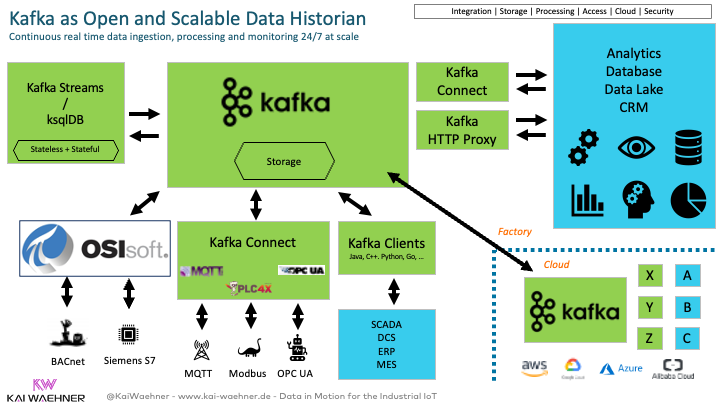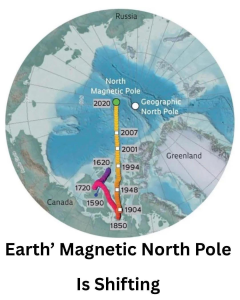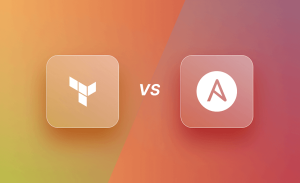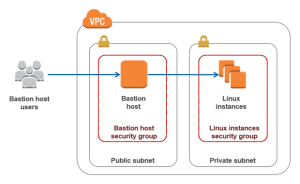
Let’s start by explaining Kafka, MQTT, and Azure Queue in detail:
- Kafka: Apache Kafka is an open-source distributed event streaming platform designed for high-throughput, fault-tolerant, and real-time data streaming. It provides a publish-subscribe messaging system that allows applications to send and receive streams of records, similar to a distributed commit log. Some key concepts in Kafka include:
- Topics: A topic is a category or feed name to which records are published. Producers write data to topics, and consumers read from topics.
- Producers: Producers are applications that publish records to Kafka topics. They can be responsible for generating and sending data to Kafka.
- Consumers: Consumers are applications that read records from Kafka topics. They can process and react to the data received from the topics.
- Brokers: Brokers are the Kafka servers that handle the storage and replication of records. They are responsible for maintaining the topics, handling producers and consumers, and ensuring fault tolerance and scalability.

Kafka is widely used in scenarios that require real-time data processing, such as log aggregation, event sourcing, stream processing, and data integration between systems. It provides high scalability, fault tolerance, and strong durability of data.
- MQTT: MQTT (Message Queuing Telemetry Transport) is a lightweight publish-subscribe messaging protocol designed for constrained devices and low-bandwidth, high-latency or unreliable networks. It follows a client-server architecture, where MQTT clients connect to a broker and exchange messages. Key features of MQTT include:
- Publish-Subscribe Model: MQTT uses a publish-subscribe messaging pattern. Clients publish messages to topics, and other clients subscribe to those topics to receive the messages.
- Quality of Service (QoS): MQTT supports three levels of QoS: QoS 0 (at most once), QoS 1 (at least once), and QoS 2 (exactly once). These levels determine the reliability and guarantee of message delivery.
- Lightweight: MQTT is designed to be lightweight, with minimal network overhead and small packet size. This makes it suitable for constrained environments and devices with limited resources.
- Persistent Session: MQTT supports persistent sessions, allowing clients to maintain their subscriptions and message queues even when they are disconnected.

MQTT is commonly used in IoT (Internet of Things) applications and scenarios where low power consumption, small code footprint, and efficient network usage are essential. It enables efficient communication between devices and backend systems, and its lightweight nature makes it suitable for resource-constrained environments.
- Azure Queue: Azure Queue is a cloud-based message queuing service provided by Microsoft Azure. It offers reliable and scalable storage of messages that can be accessed asynchronously by applications. Key features of Azure Queue include:
- Queue-based Messaging: Azure Queue follows a simple queue-based messaging pattern, where messages are sent to and received from queues. Applications can push messages into a queue and retrieve them later for processing.
- Scalability and Durability: Azure Queue provides high scalability, allowing applications to handle large volumes of messages. It also ensures message durability by replicating messages across multiple storage nodes.
- Decoupling Applications: Queues in Azure can act as a decoupling mechanism between different components or services of an application. Producers can send messages to a queue without directly interacting with consumers, enabling loose coupling and better scalability.
- Asynchronous Processing: Azure Queue allows for asynchronous processing of messages. Applications can push messages into the queue and process them at their own pace, which helps in managing spikes in workload and improving system responsiveness.
Azure Queue is commonly used in cloud-based applications, distributed systems, and scenarios where loose coupling, scalability, and asynchronous message processing are required. It integrates well with other Azure services and provides reliable and durable message storage.

Each of these technologies has its own strengths and use cases, and the choice depends on the specific requirements of the application or system.
The optimization of a technology depends on various factors such as the specific use case, the implementation details, and the performance optimizations applied by the developers. It’s not accurate to generalize and say that one technology is universally more optimized than another.
Kafka, MQTT, and Azure Queue have their own optimizations based on their design principles and target use cases:
- Kafka is designed for high-throughput, fault-tolerant, and real-time data streaming. It offers high scalability and can handle large volumes of data efficiently. It is optimized for scenarios that require real-time data processing and stream processing.
- MQTT is designed for lightweight and efficient communication, particularly in constrained environments and low-bandwidth networks. It minimizes network overhead and packet size, making it optimized for scenarios where resource consumption and network efficiency are critical.
- Azure Queue is a cloud-based messaging service that provides scalability, reliability, and asynchronous message processing. It is optimized for decoupling applications, handling large volumes of messages, and providing reliable storage and retrieval of messages.
Optimization also depends on how effectively the technology is implemented and utilized in the specific application. It’s important to consider factors such as architecture, performance tuning, and efficient coding practices to achieve optimal results with any technology.

Ultimately, the choice of technology should be based on the specific requirements and constraints of your application or system, as well as your familiarity with the technology and the ecosystem around it.
Here are some fascinating facts about Kafka, MQTT, and Azure Queue:
- Kafka is a distributed streaming platform that can be used to process large amounts of data in real time. It is often used for applications such as event streaming, stream processing, and machine learning. Kafka is a popular choice for streaming data because it is scalable, reliable, and fault-tolerant.
- MQTT is a lightweight messaging protocol that is often used for machine-to-machine (M2M) communication. It is a publish/subscribe protocol, which means that messages are sent to topics, and subscribers can subscribe to topics to receive messages. MQTT is a popular choice for M2M communication because it is simple, efficient, and easy to use.
- Azure Queue is a fully managed service that provides a simple and scalable way to store and retrieve messages. Azure Queues are often used for applications such as background processing, file transfer, and inter-process communication. Azure Queues are a popular choice for these applications because they are reliable, scalable, and cost-effective.
Here are some additional fascinating facts about these technologies:
- Kafka was originally developed by LinkedIn, and is now open source.
- MQTT was developed by IBM in the early 1990s, and is now an open standard.
- Azure Queue was first released in 2012, and is now one of the most popular cloud-based message queuing services.
Here is a table comparing Kafka, MQTT, and Azure Queue:
| Feature | Kafka | MQTT | Azure Queue |
|---|---|---|---|
| Type | Distributed streaming platform | Lightweight messaging protocol | Fully managed service |
| Use cases | Event streaming, stream processing, machine learning | Machine-to-machine communication, IoT, asset tracking | Background processing, file transfer, inter-process communication |
| Scalability | Highly scalable | Scalable | Scalable |
| Reliability | Highly reliable | Reliable | Reliable |
| Fault tolerance | Fault-tolerant | Fault-tolerant | Fault-tolerant |
| Security | Supports encryption and authentication | Supports TLS encryption | Supports encryption and authentication |
| Cost | Free to use for small volumes of data | Free to use for small volumes of data | Pay-as-you-go pricing |
Here are some additional notes about each technology:
- Kafka is a good choice for applications that require high throughput, low latency, and fault tolerance. It is also a good choice for applications that need to store and process large amounts of data.
- MQTT is a good choice for applications that need to communicate with devices that have limited resources, such as sensors and actuators. It is also a good choice for applications that need to communicate over unreliable networks, such as the Internet of Things (IoT).
- Azure Queue is a good choice for applications that need a simple and scalable way to store and retrieve messages. It is also a good choice for applications that need to integrate with other Azure services, such as Azure Functions and Azure Stream Analytics.





